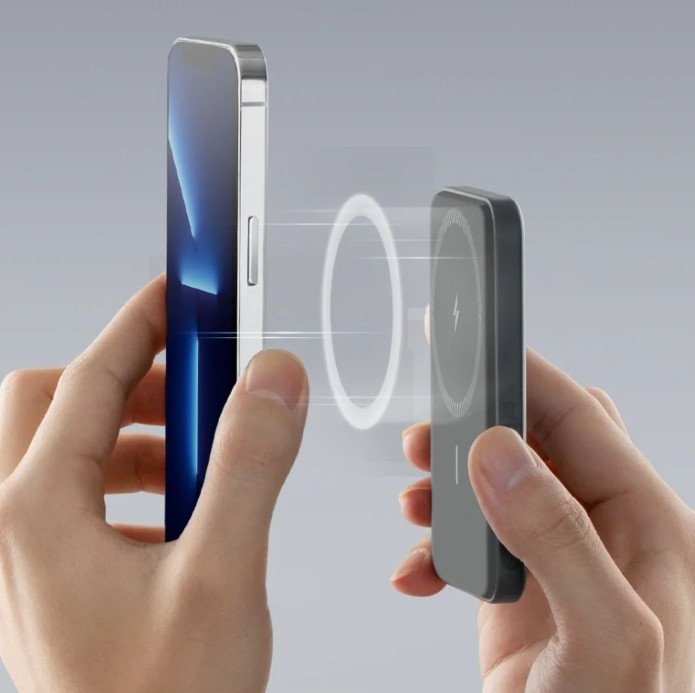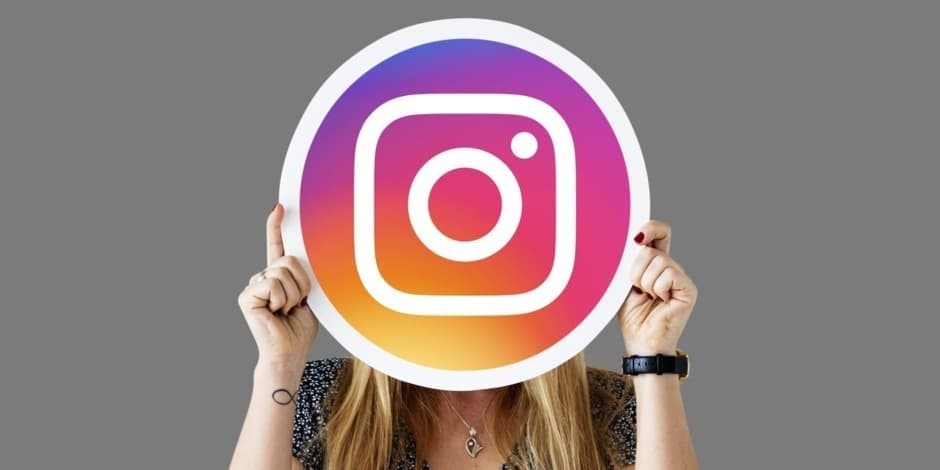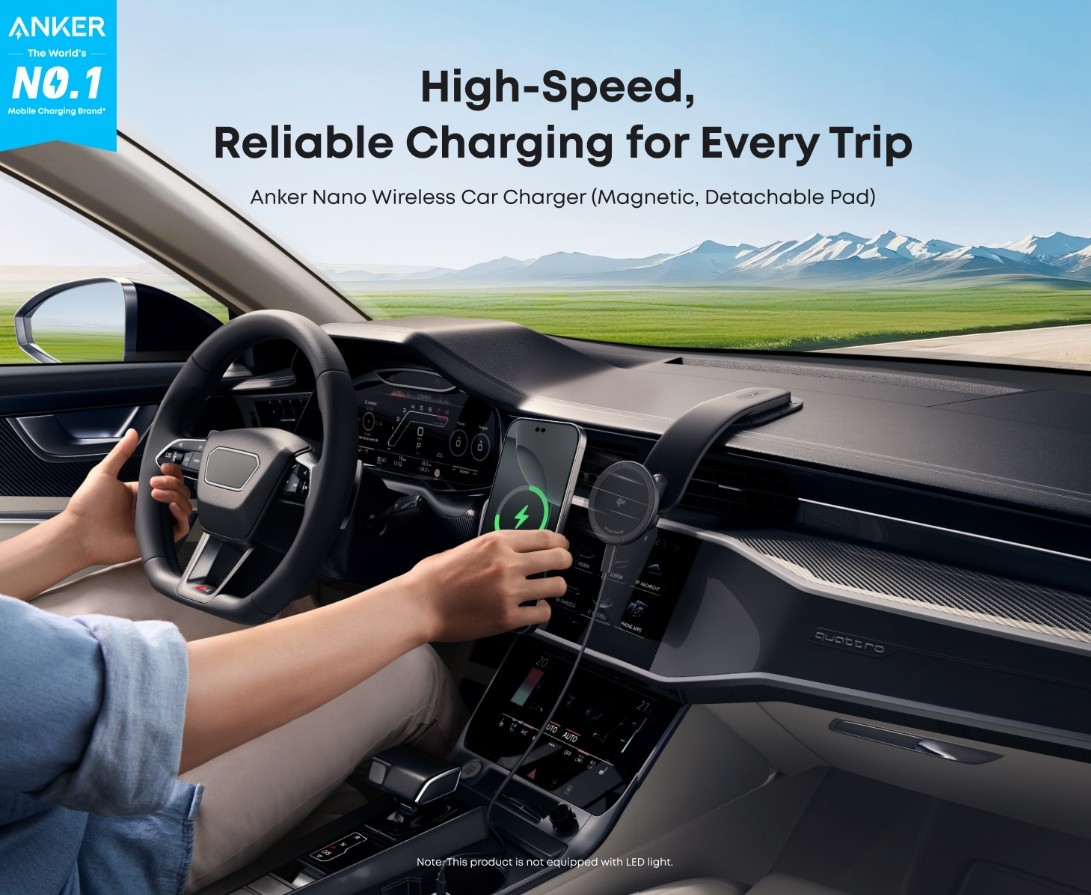Charging speed defines how seamlessly we use our devices in everyday life. When everything runs smoothly, we hardly notice the charger, but the moment charging slows down, it becomes frustrating. Many people face this issue with their magsafe charger, especially when expecting quick top-ups before heading out or while multitasking at home. Understanding the reasons behind slow charging is important because they are often simple, practical issues that can be addressed without technical expertise. In this article, we will explore the most common causes of slow MagSafe charging and provide clear, useful fixes that fit into daily routines.

Common Reasons Your MagSafe Charger Is Slow
Heat Build-Up During Charging
Heat is one of the biggest enemies of charging efficiency. When your phone or charger warms up, the charging speed naturally slows down as a safety precaution. For example, if you leave your phone on the couch while charging and the sunlight hits it directly, both the phone and charger can overheat. This triggers built-in protections that reduce power delivery to prevent damage. Even using the charger in bed with heavy blankets covering it can cause the same effect. If you notice your device feeling warmer than usual, it is often the explanation for slower charging. Addressing heat not only improves charging speed but also prolongs the life of both your battery and your MagSafe charger.
Using the Wrong Power Adapter
Another common issue comes from the power adapter. While the MagSafe charger is capable of supporting higher wattage, not every adapter you plug into will deliver the same level of power. For instance, many people grab whatever spare adapter is nearby, perhaps one that came with another device, without realizing it might only provide a fraction of the power needed. When that happens, your MagSafe charger is simply not getting enough energy to perform at its best. This is similar to trying to fill a swimming pool with a small garden hose—no matter how efficient the pool is at holding water, the source is limiting the process. Ensuring that your charger is paired with the right power adapter can immediately resolve many slow charging complaints.

Thick or Non-MagSafe Cases
The case you use on your phone might feel like a minor detail, but it plays a huge role in charging speed. MagSafe technology relies on precise magnetic alignment, and if a case is too thick or lacks MagSafe compatibility, the alignment becomes imperfect. Think of it as trying to pour water into a glass through a thick cloth; some of the flow gets lost or slowed down along the way. Many users notice their phones charging much faster once they remove bulky cases or switch to slim, MagSafe-friendly designs. It may not be obvious at first because the phone still connects and shows that it is charging, but the hidden inefficiency builds up over time.
How to Fix a Slow MagSafe Charger?
Optimize Your Charging Setup
Improving charging speed often comes down to creating the right environment. Start by placing your phone and charger on a flat, firm surface where airflow is not blocked. Avoid charging in hot areas or under direct sunlight, as this helps prevent heat build-up. Pairing your MagSafe charger with a compatible high-wattage adapter ensures that the charger is receiving the necessary power input. You can also remove thick or incompatible cases during charging sessions, even if just at home, to maximize efficiency.
Update Firmware and Check Settings
Modern devices rely not only on hardware but also on software to manage charging performance. Sometimes slow charging can be improved simply by updating your phone’s software, as updates often include optimizations for power management. Additionally, checking your device’s battery settings can help you spot modes like “Optimized Battery Charging,” which may deliberately slow charging to protect long-term battery health. While these features are beneficial, they can cause confusion if you expect faster charging. By staying updated and familiar with your settings, you can distinguish between intentional slowdowns and fixable problems. This proactive approach ensures that your MagSafe charger continues to perform reliably.
MagSafe Charging Speeds: What to Expect Realistically
It is important to set realistic expectations about MagSafe charging. Wireless charging, even with the convenience of magnetic alignment, generally does not match the absolute fastest wired speeds. For many people, this means that topping up from zero to full may take longer than using a traditional cable. However, MagSafe provides a balance between speed and convenience, allowing you to place your phone down effortlessly without fiddling with cords. In day-to-day life, this often proves more practical, especially when you only need partial charges throughout the day. Knowing this can reduce frustration, as you will understand that a slightly slower charge is normal rather than a sign of malfunction.
Troubleshooting Other MagSafe Charging Issues
Apart from speed, other problems can sometimes interrupt your charging experience. For instance, dust or small debris on the back of your phone or the charger can prevent proper magnetic alignment. Cleaning the surfaces gently can restore efficiency. Another issue could be interference from nearby objects, such as metal accessories or credit cards in a wallet-style case, which disrupts the charging connection. In rare cases, your charger may stop working altogether, which usually indicates a damaged cable or adapter. By methodically checking these possibilities, you can identify the source of the problem without unnecessary frustration.
Conclusion
Slow charging can be frustrating, but in most cases, the solutions are straightforward and practical. Whether it’s managing heat or using the correct adapter, small daily adjustments can significantly improve performance. For a reliable option, consider upgrading to Anker’s MagSafe charger—it combines speed, safety, and everyday convenience, so you’ll never have to worry about slow charging again.



